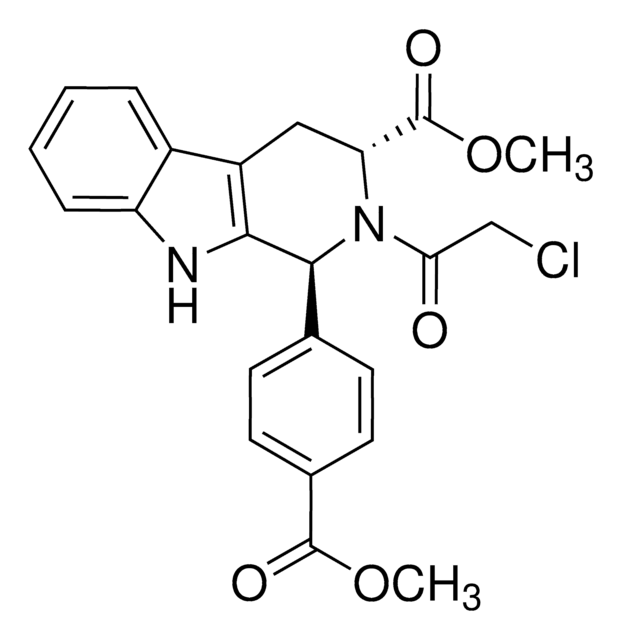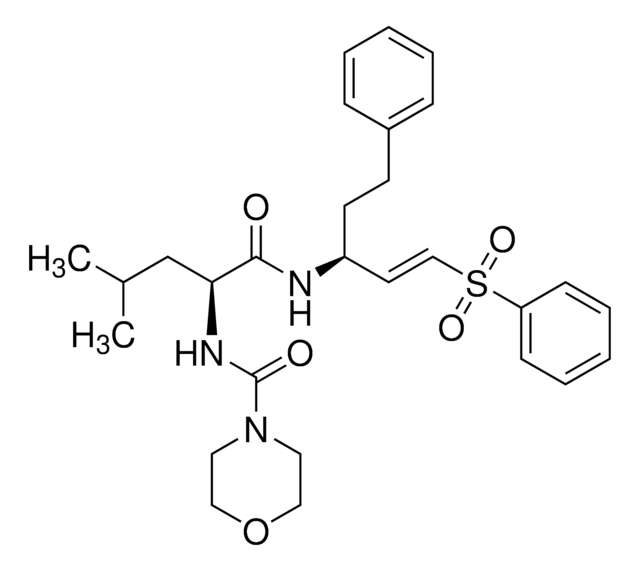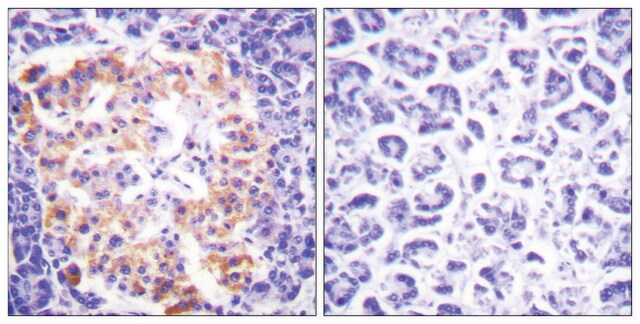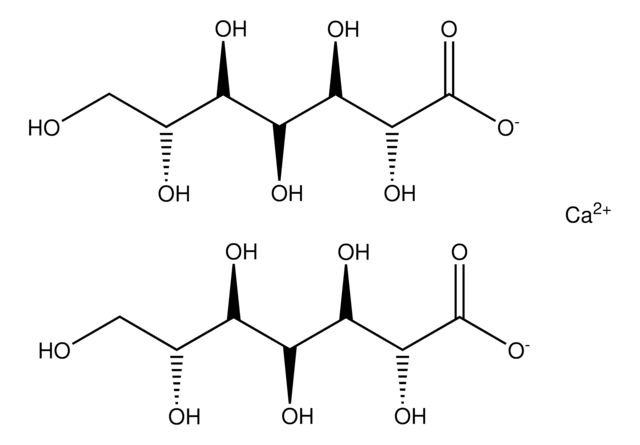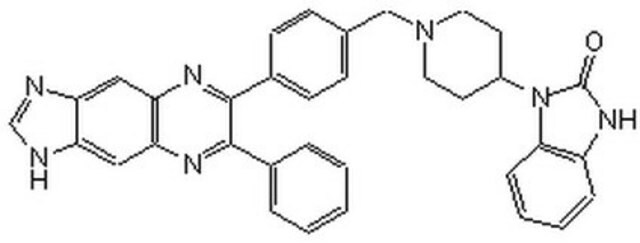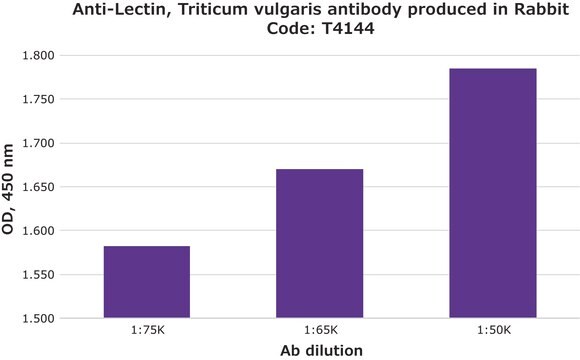SML0382
KU 0063794
≥98% (HPLC)
Synonyme(s) :
rel-5-[2-[(2R,6S)-2,6-Dimethyl-4-morpholinyl]-4-(4-morp holinyl)pyrido[2,3-d]pyrimidin-7-yl]-2-methoxybenzenemethanol
About This Item
Produits recommandés
Niveau de qualité
Pureté
≥98% (HPLC)
Forme
powder
Couleur
white to beige
Solubilité
DMSO: >2 mg/mL (warmed)
Température de stockage
2-8°C
Chaîne SMILES
COc1ccc(cc1CO)-c2ccc3c(nc(nc3n2)N4C[C@H](C)O[C@H](C)C4)N5CCOCC5
InChI
1S/C25H31N5O4/c1-16-13-30(14-17(2)34-16)25-27-23-20(24(28-25)29-8-10-33-11-9-29)5-6-21(26-23)18-4-7-22(32-3)19(12-18)15-31/h4-7,12,16-17,31H,8-11,13-15H2,1-3H3/t16-,17+
Clé InChI
RFSMUFRPPYDYRD-CALCHBBNSA-N
Application
- as a mammalian target of rapamycin (mTOR) inhibitor to study the effects of follicular stimulating hormone (FSH) in mTOR phosphorylation and vascular cell adhesion molecule-1 (VCAM-1) expression in human umbilical vascular endothelial cells (HUVECs)
- as a mTOR inhibitor to treat effector memory (EM) CD8+ T cells for metabolic flux analysis
- as an autophagy inducer to demonstrate the utility of p62 and LC3B-II quantification in HEK293T cells and primary cultures of rat neurons and astrocytes using time-resolved fluorescence resonance energy transfer (TR-FRET)
Actions biochimiques/physiologiques
Caractéristiques et avantages
Code de la classe de stockage
11 - Combustible Solids
Classe de danger pour l'eau (WGK)
WGK 3
Point d'éclair (°F)
Not applicable
Point d'éclair (°C)
Not applicable
Certificats d'analyse (COA)
Recherchez un Certificats d'analyse (COA) en saisissant le numéro de lot du produit. Les numéros de lot figurent sur l'étiquette du produit après les mots "Lot" ou "Batch".
Déjà en possession de ce produit ?
Retrouvez la documentation relative aux produits que vous avez récemment achetés dans la Bibliothèque de documents.
Les clients ont également consulté
Protocoles
We offer many products related to PKB/Akt for your research needs.
Notre équipe de scientifiques dispose d'une expérience dans tous les secteurs de la recherche, notamment en sciences de la vie, science des matériaux, synthèse chimique, chromatographie, analyse et dans de nombreux autres domaines..
Contacter notre Service technique